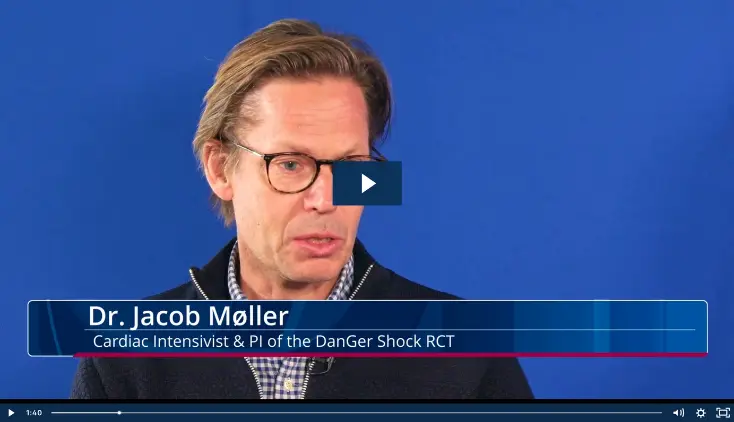Clinical Research & Data, Hemodynamics, Patient Management, AMI Cardiogenic Shock
Dr. Babar Basir: NCSI Best Practices
Babar Basir, D.O., describes the best practices from the National Cardiogenic Shock Initiative (NCSI) study. The first best practice he highlights is treating patients early. “What that means,” he explains, “is that we want to make sure that patients are treated before they’re on multiple doses of vasopressors. We want to try to be able to expedite their care so that from the diagnosis of an AMI and cardiogenic shock that you’re able to support them within 90 minutes.”
Dr. Basir adds that once patient are supported, it is important to use invasive hemodynamics and Swan-Ganz catheters to help guide decision-making. “We want decision-making to be controlled by objective measures and not just the whims of an operator or clinician.” He explains, “Ideally, as a patient recovers, you are able to wean off vasopressors and inotropes and institute a multidisciplinary care team to be able to manage that patient’s care. And the goal is to at least try to be able to push our outcomes so that we get survival rates greater than 80%.”
Sign Up for Latest Updates
NPS-4430


